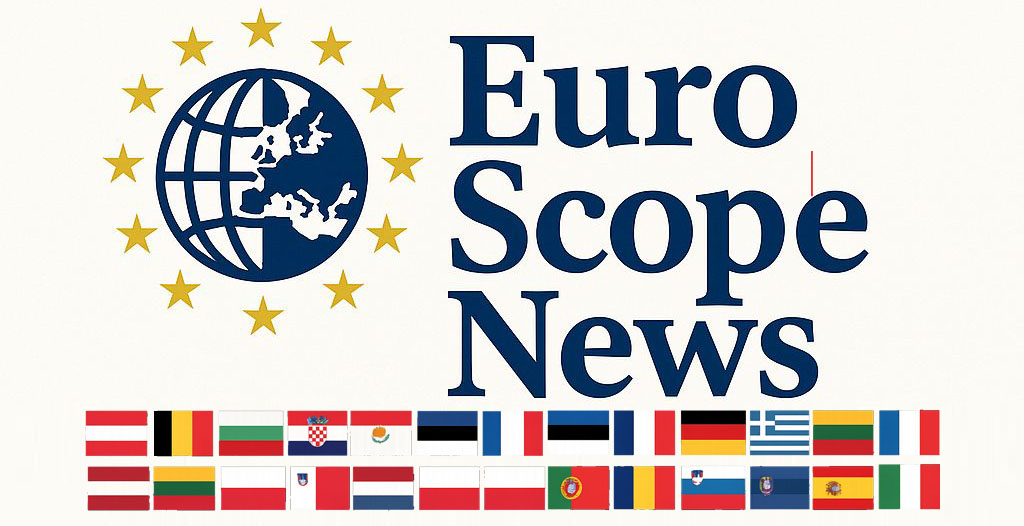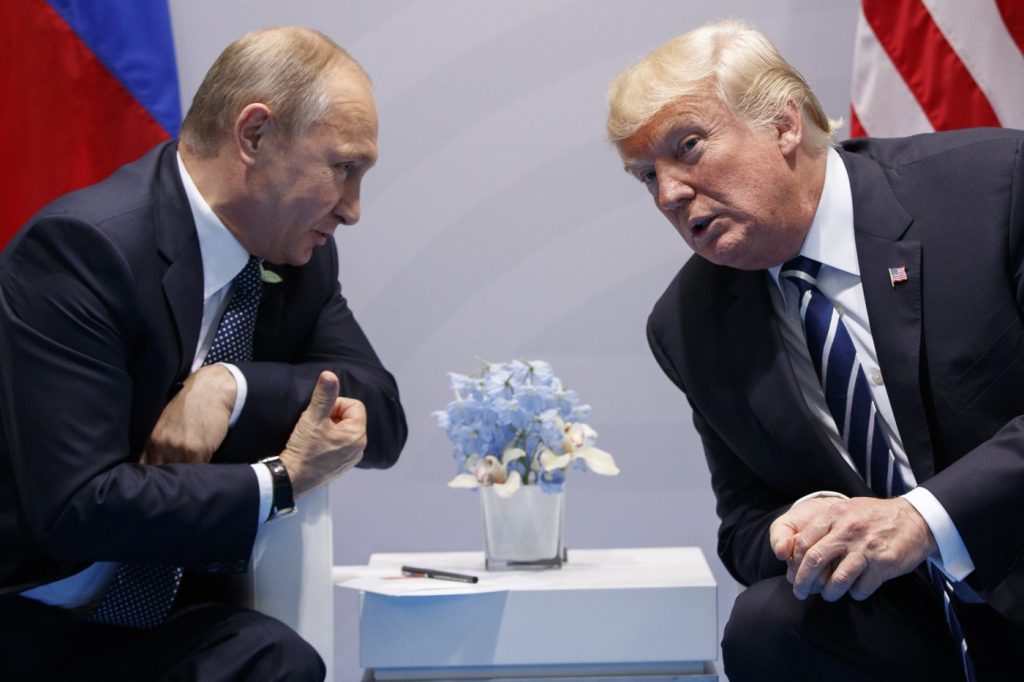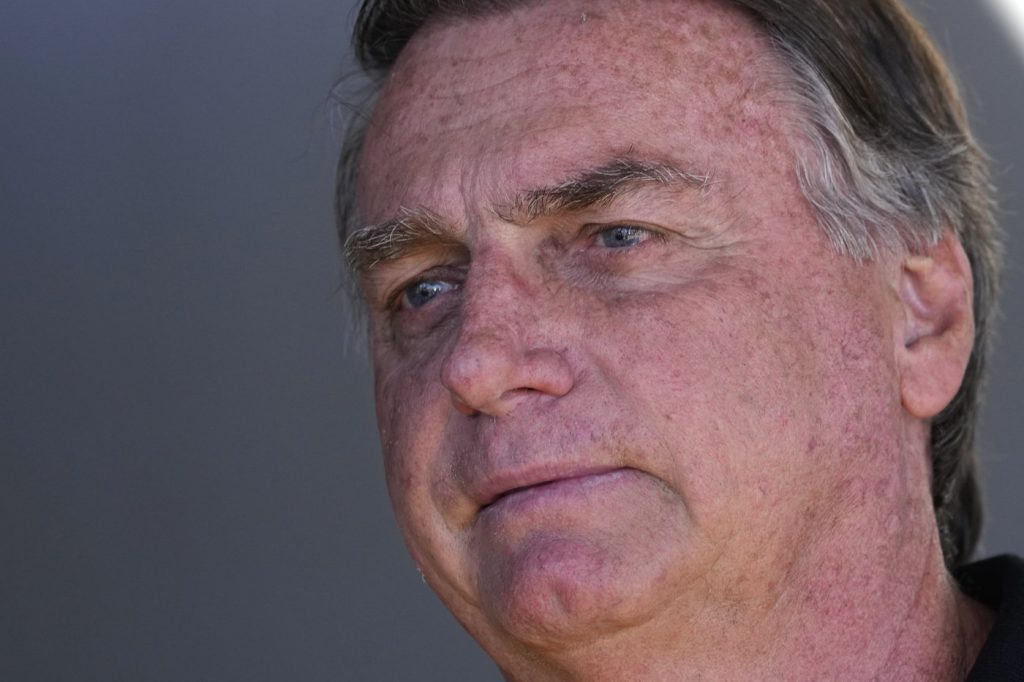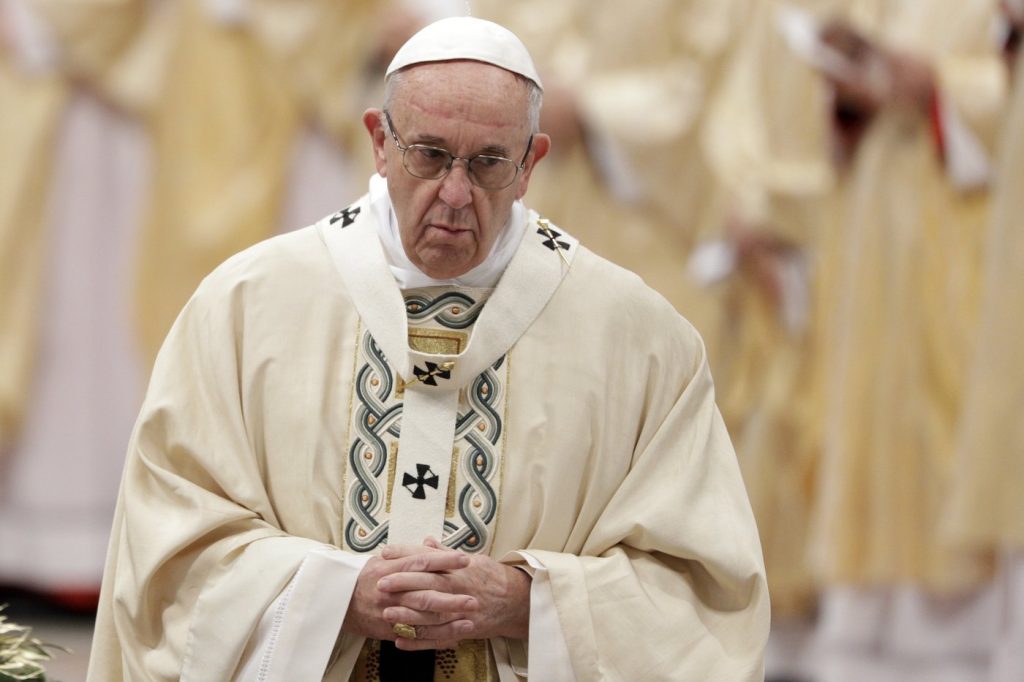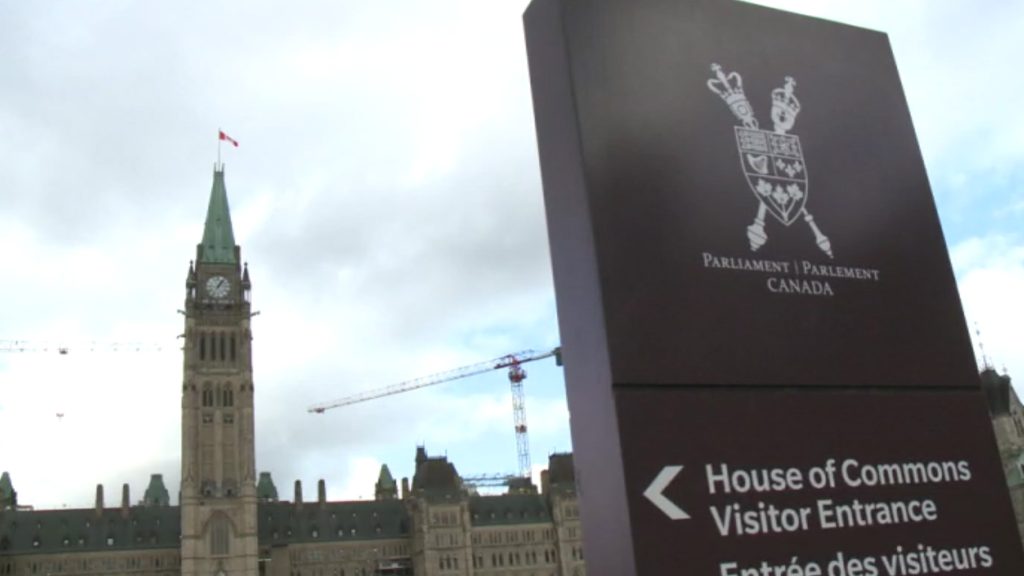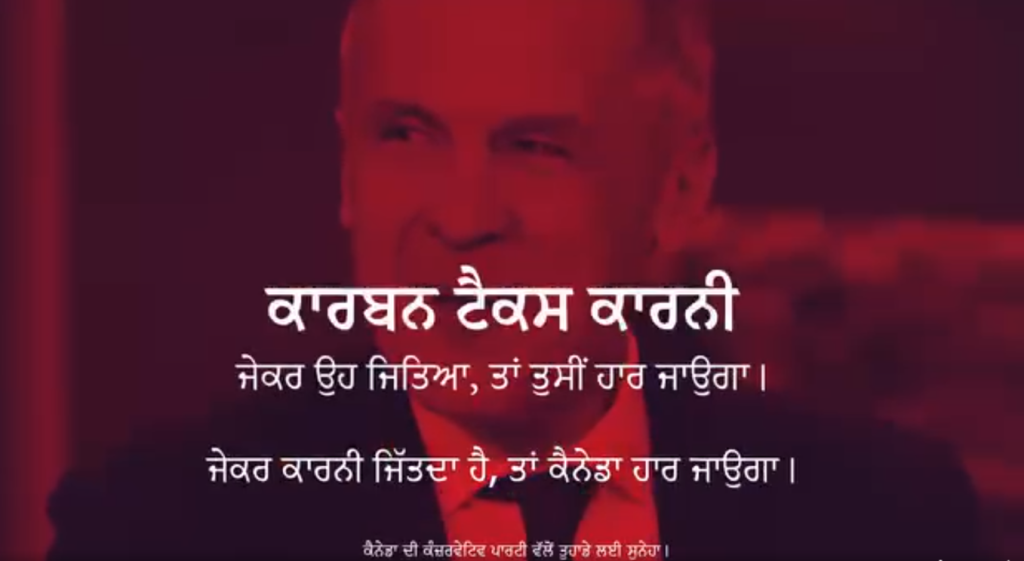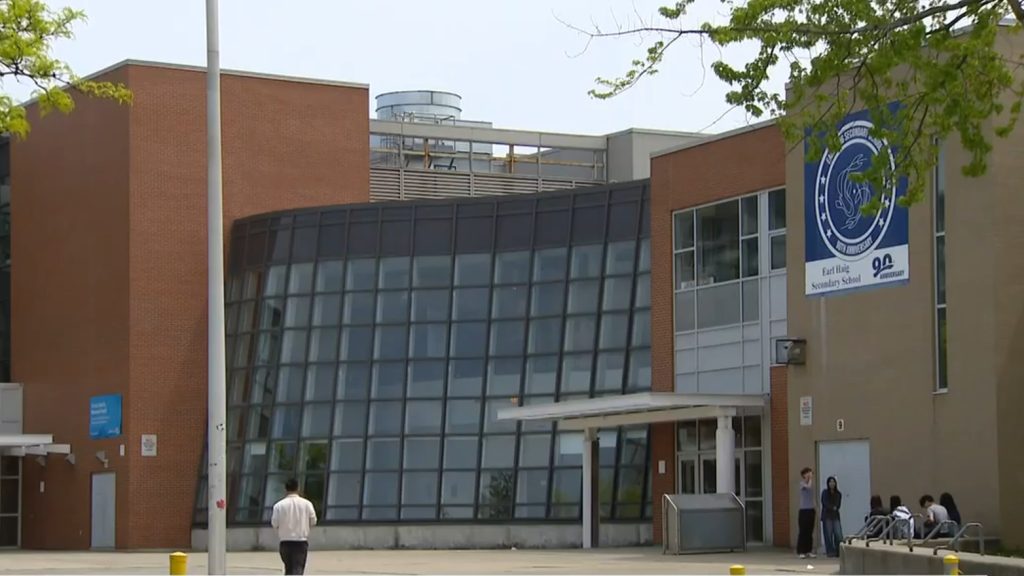On Thursday morning, Donald Trump made headlines with a striking post on his Truth Social account, directly addressing Russian President Vladimir Putin regarding the ongoing military strikes on Kyiv, Ukraine. Trump expressed discontent, stating, "I am not happy with the Russian strikes on KYIV. Not necessary, and very bad timing. Vladimir, STOP! 5000 soldiers a week are dying. Let's get the Peace Deal DONE!" This message came in response to a significant escalation in Russia's assault on Kyiv, which resulted in the deaths of at least 12 people and injured 90 others, marking the deadliest attack on the city since July of last year.
Trump's call for peace underscores a growing frustration with both Russia's military actions and Ukraine's response. This week, he has also criticized Ukrainian President Volodymyr Zelenskyy, highlighting his attempts to facilitate a U.S.-led peace agreement. His public statements are particularly noteworthy given the current geopolitical tensions and his historical relationship with Putin, which has often been characterized by accusations of Trump being overly accommodating towards the Russian leader.
Immediate reactions to Trump's post have focused on its geopolitical implications, especially the informal nature of addressing a head of state by their first name. By simply referring to Putin as "Vladimir," Trump deviates from traditional diplomatic protocol, where leaders typically address each other with their titles, such as "Mr. President." This casualness is part of Trump's broader communication style, which favors a more direct and personal approach to diplomacy.
Furthermore, Trump's use of succinct, social media-friendly language presents a stark contrast to the often verbose and formal language employed in diplomatic communications. His brevity is consistent with his brand, appealing to a public that may favor straightforwardness over the complexities of political dialogue. Trump has consistently leveraged social media as a tool for political expression, and his recent post exemplifies this modern approach to diplomacy, which increasingly relies on digital platforms for communication.
Media analysts are questioning whether this style of communication, using social media as a diplomatic tool, is evolving into a legitimate means for leaders to interact externally. In an age where traditional methods of diplomacy, such as formal letters and official visits, are being displaced, Trump's methods challenge long-standing norms. His use of social media to convey urgent messages may be seen as a strategic move to influence the narrative surrounding the conflict in Ukraine and engage directly with international leaders.
In a world where many have voiced similar calls for peace regarding the conflict in Ukraine, Trump's insistence that Putin "STOP!" is notable both for its directness and its casual tone. It remains uncertain whether this unorthodox approach will yield any results in the ongoing strife or if the established diplomatic channels will continue to falter in their attempts to broker peace. Regardless, Trump's post stands as a bold assertion amid a complex international crisis, opening up discussions on the evolving nature of diplomacy and communication in the current geopolitical landscape.
